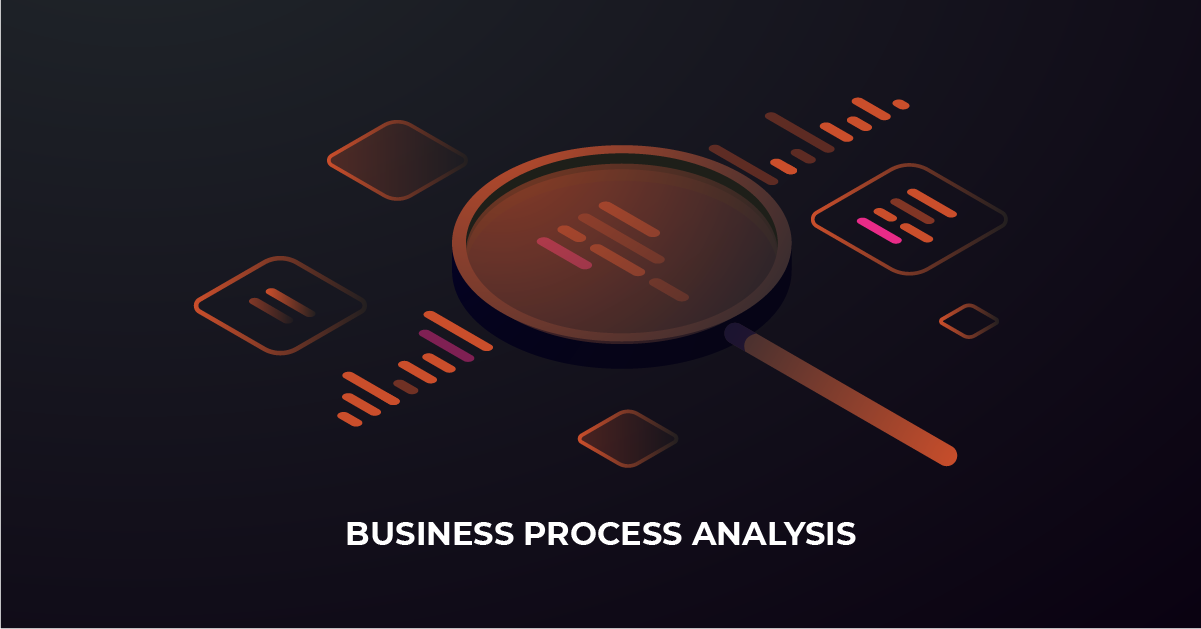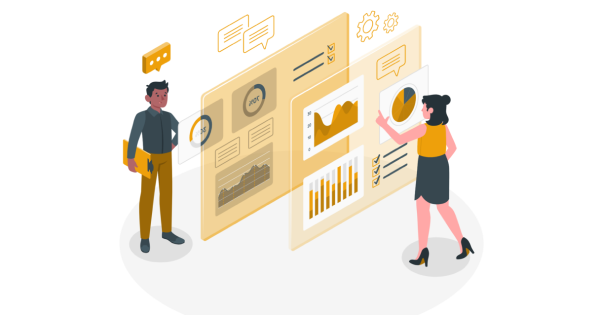Contents
Introduction
In today’s world of competitive marketing, data plays a very important role to solve crucial real-world problems by gaining insights, which will continuously gain additional prominence further in time. Insights for your data can bring forth paths that can lead you to gain additional revenue at less than the faction of the cost of actual implementation and experimentation by training computer models based on the past data to determine results that best fit your objectives.
What is price optimization?

Price optimization is based on mathematical analysis and computational algorithmic techniques to determine how customers will respond to different prices based on the demand for each product and derive the best price while maximizing the profits from thee products or services.
Price optimization is majorly based on two factors:
Behavioral factor, which focuses on the change in demand of the product and customer sensitivity towards it based on the price elastic measure.
Profitable factor, which focuses on how much profit one can make by selling a product at a specific price segment.
By maintaining an equilibrium between these factors we can obtain a value that mathematically is the most optimal for a given product or service.
Why should you be concerned?
- Can help you understand the competitive structure of the marketplace.
- Provide a standard measure to predict quantity reaction to price.
- Set prices that bring more profit while adjusting to current demand.
- Understand the co-dependence of product prices.
What is the price elasticity of demand?

The price elasticity of demand is an economic indicator of the increase in the quantifiable number of commodity demands or consumption in relation to its change in price. Economists use price elasticity to explain how supply or demand changes and understand the workings of the real economy, despite price changes.
Price elasticity mathematically is derived as follows
Price Elasticity of Demand = ΔDemanded(Change in Quantity Demanded) / Δ Price (Change in Price)
What are elastic demand and inelastic demand?
Elastic demand suggests a substantial change in quantity demanded when the price of the commodity gets changed i.e increased or decreased. The demand for a product is considered price elastic whenever the ratio of percentage change of demand divided by the percentage change in price is greater than one. Demand for the product depends upon the price of a good, price of related goods, geographic location of the buyer, preferences of the buyer, and many more, such factors are called determinants of demand.
Inelastic demand suggests an insignificant change in quantity demanded with a change in the price of the commodity. For inelastic demands, the demand determinants impact will be low or negligible due to the nature of consumption. Demand for necessity commodities is inelastic due to a constant purchase of these commodities for basic needs. Prices of commodities such as bread, grains, gasoline, electricity, etc can be considered as products that have inelastic demand. An inelastic demand of a commodity will not bring any additional revenues due to the stable demand of the commodity.

Types of price elasticity?
Cross price elasticity:
The cross elasticity of demand measures how responsive the quantity demanded of one product is when the price for another product is changed. cross-price elasticity measure helps determine how sensitive the demand of a product is over a shift of related corresponding product price. This may mean a product’s price increase or decrease can positively or negatively affect the other product’s demand.
By further analyzing the magnitudes of the differences in the cross-price elasticities of products, information such as which product is preferred in the marketplace to the other and by how much, how much people are cross-shopping between those products, etc can be elucidated by looking at cross-price elasticities and further improving the price analysis and demand.
Income elasticity:
Income elasticity of demand is the measure of determining how responsive the demand for a product with respect to the change in a buyer’s income.
How will vizB help?
In addition to current ongoing development in predictive and prescriptive analytics, vizB can bring more data-driven insights to your team to make better decisions and building more revenue by leveraging innovative state-of-the-art technologies. Such as product pricing optimization, demand forecasting, and informative customer segmentation.
How can you manage products and their sales with vizB?
Vibz provides a user-friendly informative dashboard, which allows you to analyze and extract detailed reports on sales, refunds, customers, and products. With every growing list of features to help you and your team leverage for building a better understanding of your data and design data-driven strategies.
Conclusion
By utilization of better analytical tools and machine learning algorithms to extract optimum prices for products based on data such as purchase histories, stocks and inventory will help you make better decisions and can enable you as a retailer to understand how customers react to different price strategies for products and set the best prices.




